BIDDEFORD — As University of New England student Mary Hollandbeck shook the sifting tray, soil swooshed through a mesh screen, leaving behind small pieces of rock and bone. Her classmate, Kyle Brennan, leaned over the sifter to pluck out a tiny crescent of burnt bone.
“Every little piece gives us another part of the story,” Brennan said before slipping the bone into a plastic bag and marking the bag with details about where the artifact was found.
Under the guidance of Arthur Anderson, a visiting lecturer in the University of New England’s Department of Society, Culture and Languages, three college students have spent the past week and a half excavating a site where Native Americans had lived on the school’s Biddeford campus. The site, located next to Freddy Beach and overlooking the mouth of the Saco River, was known to have been occupied by the Almouchiquois people at the time it was visited by French explorer Samuel de Champlain in 1605.
But previous digs at the site uncovered evidence of human occupation dating back thousands of years. Records show small excavations were done in the area in the 1950s and 1960s, then again in the early 2000s when the Arthur P. Girard Marine Science Center was built. Those digs produced artifacts now housed at the Abbe Museum in Bar Harbor. Anderson would like to bring them back to UNE to display along with the artifacts found this summer.
So far, Anderson and the students have found plenty of clam shells, burnt bones that are likely from birds, and a piece of ceramic pottery. On Wednesday they found a flake of rock that came from near Munsungan Lake in Aroostook County, and pieces of stone tools believed to have come from Lehigh County, Pennsylvania.
Jessica Brewer, a 19-year-old sophomore, said they can tell the flakes came from tools made of stone because of the markings left behind when the tool was sharpened or shaped. Anderson taught his students how those marks are made by showing them flintknapping, or the process of shaping stone into a tool like an arrowhead.
“This is our shining star,” Brewer said, pulling a plastic bag from a pile of bags containing pieces of shells, bone and rock found since June 5.
The piece of ceramic pottery – smaller than Brewer’s palm – was found on the second day of the dig as Brennan gathered dirt for a soil sample. Whoever made the pottery used a bone to decorate the edge of the piece with small circles. Charred organic matter on the inside of the pottery indicates it was likely used to hold or cook food, Brewer said. The piece could be 1,500 years old, but a better estimate will be determined using radiocarbon dating.
The students, all majoring in marine biology, said the two-week course has been an interesting way to get out of the classroom to connect with history and better understand how ancient people interacted with the ocean. Brennan, 18, said it is amazing to find and hold “something no one else has touched in over a thousand years.”
“It’s a really nice way to learn history because it’s hands-on,” said Hollandbeck, 23. “You start to learn it’s more about people and their experiences through life than just what someone wrote down.”
Gillian Graham can be contacted at:
ggraham@pressherald.com
Send questions/comments to the editors.


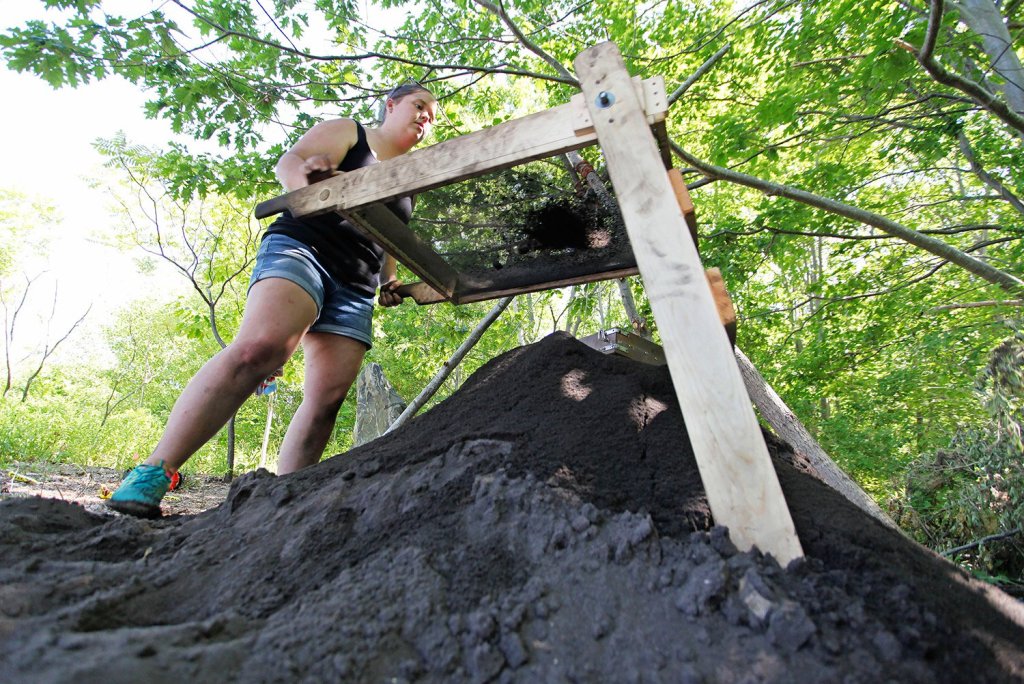
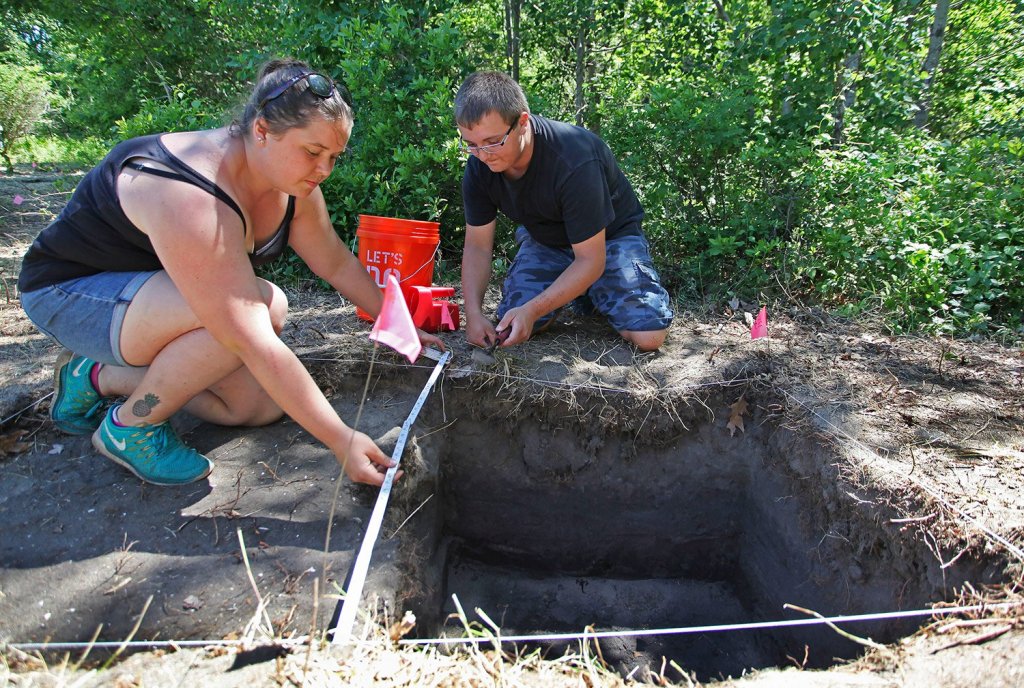
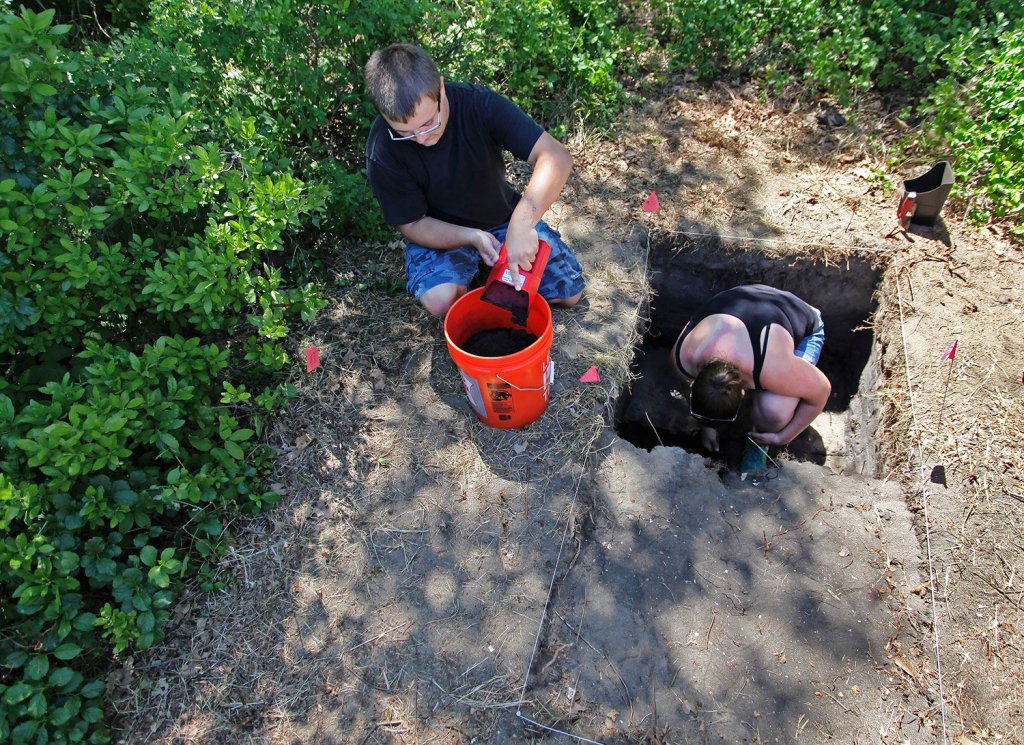
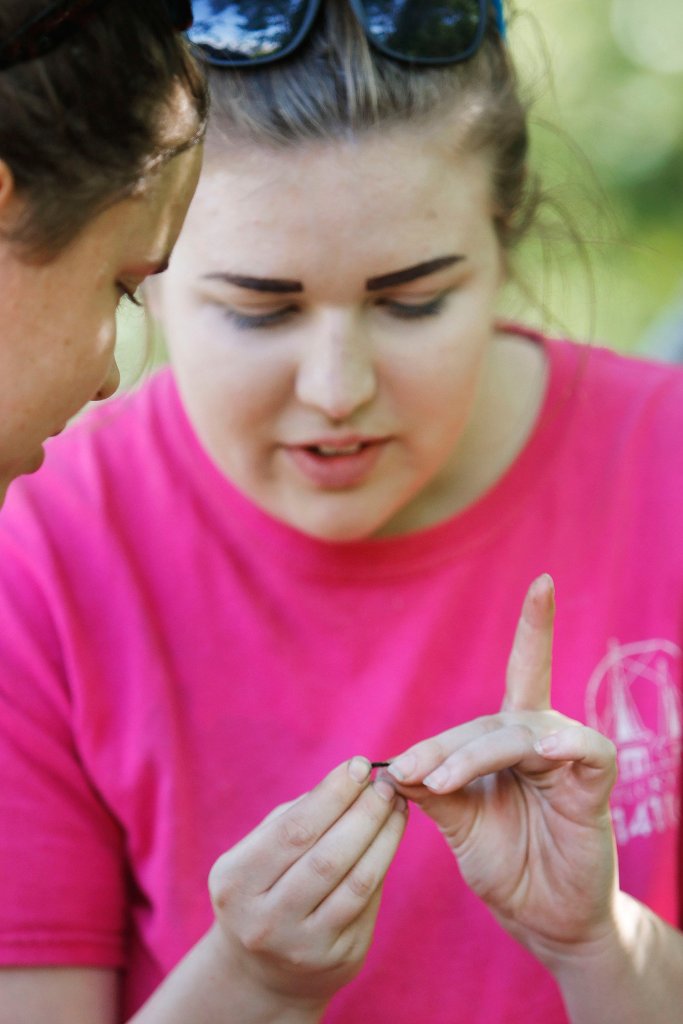
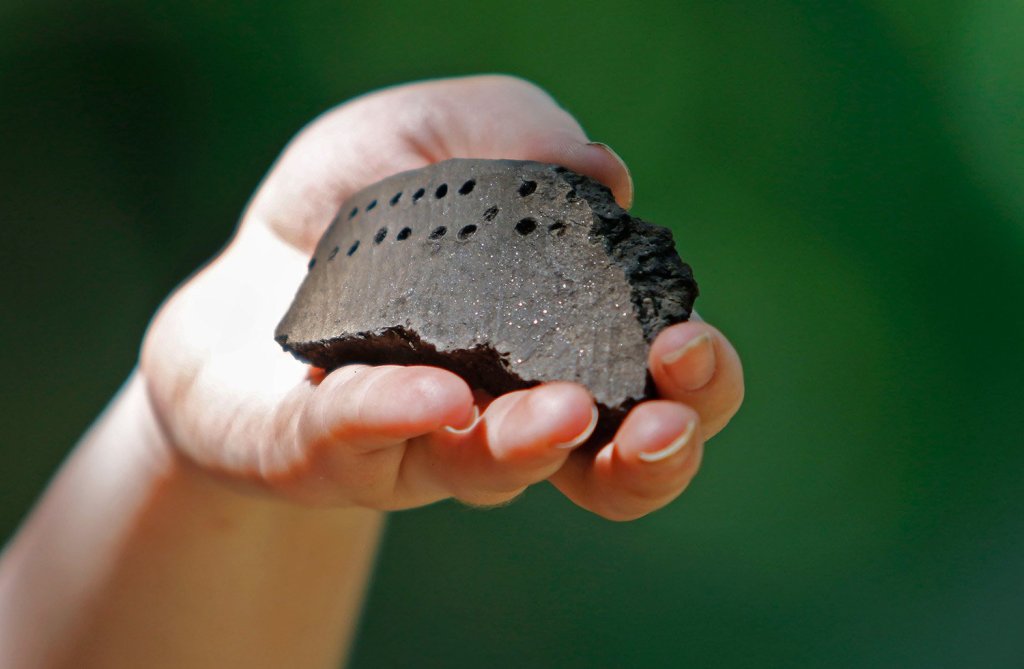
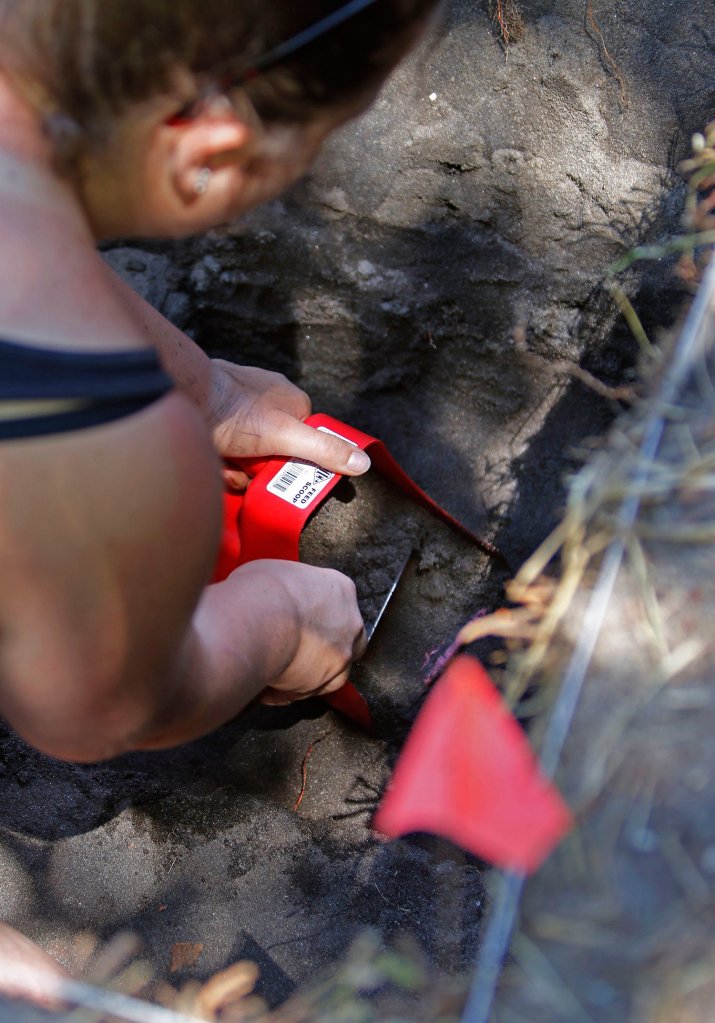
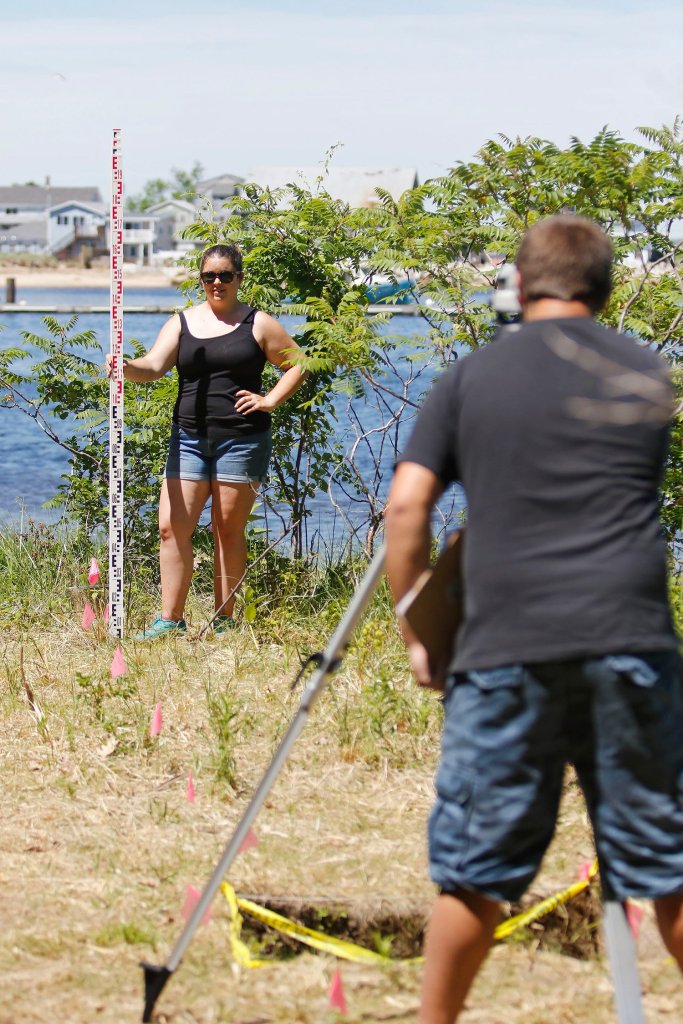

Success. Please wait for the page to reload. If the page does not reload within 5 seconds, please refresh the page.
Enter your email and password to access comments.
Hi, to comment on stories you must . This profile is in addition to your subscription and website login.
Already have a commenting profile? .
Invalid username/password.
Please check your email to confirm and complete your registration.
Only subscribers are eligible to post comments. Please subscribe or login first for digital access. Here’s why.
Use the form below to reset your password. When you've submitted your account email, we will send an email with a reset code.